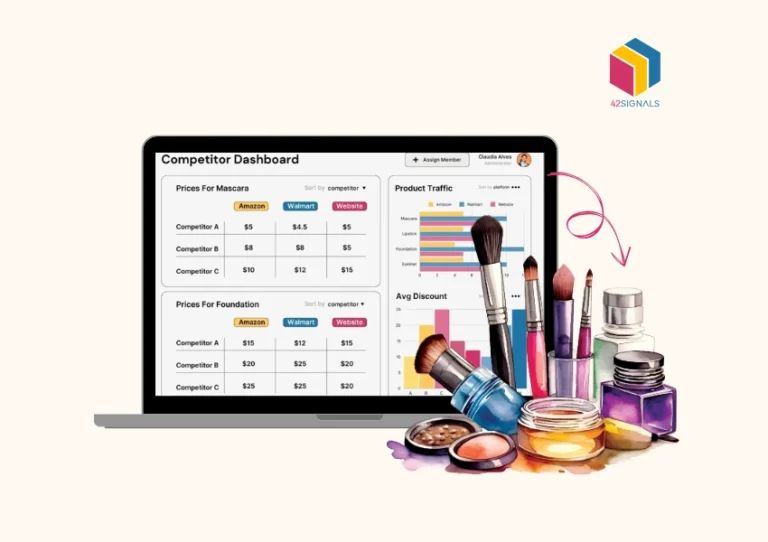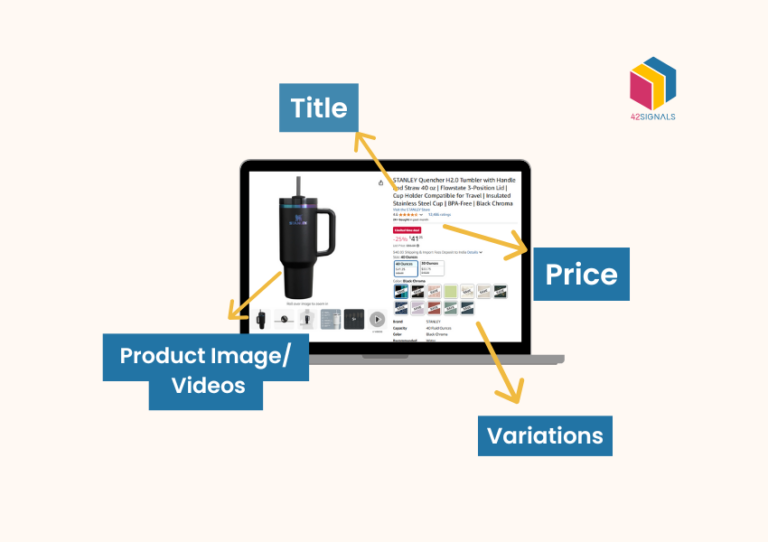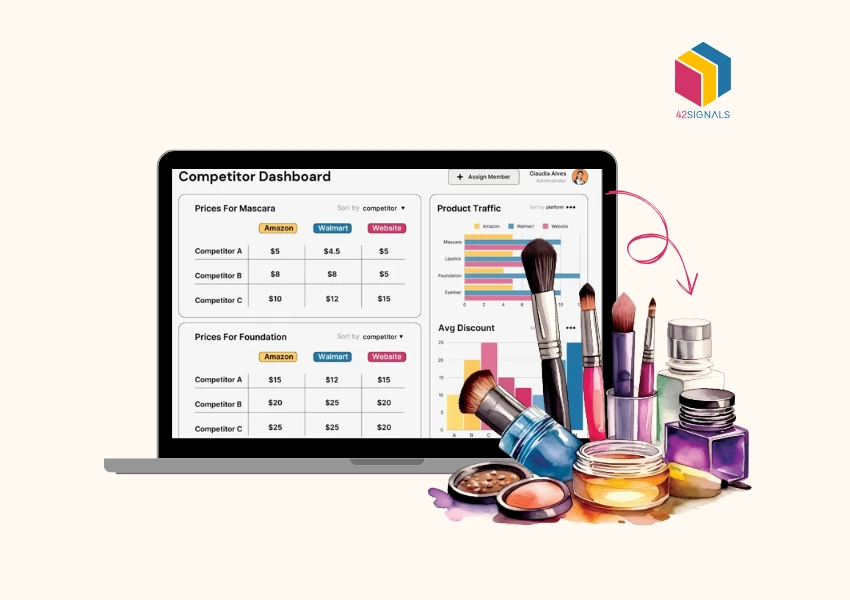For a business to be successful it has to be profitable. Even if it takes months or years, it’s the final outcome, the end goal. This holds true whether you are managing a large corporation with vast resources or a small startup operating on a shoestring budget. For larger businesses, the pathway to profitability is often paved with extensive resources: multiple dashboards, specialized teams, and sophisticated analytics tools all working in unison to optimize profit margins.
However, smaller businesses, particularly in the eCommerce sector, might not have the same luxury. They often face the challenge of understanding and improving profitability with limited resources and tools.
In this context, understanding the key aspects and formulas that determine the viability and success of an online business becomes crucial. By breaking down the fundamental metrics, even small business owners can gain insights into their financial health, allowing them to make informed decisions that can propel their business toward success.
So, let’s look at a few key aspects and formulas to determine the viability and success of your online business.
Understanding Profit Margin in eCommerce
Profit margin is a metric that determines a business’s profitability.
In simple terms, it represents the percentage of revenue that remains as profit after all expenses have been accounted for. This metric provides a clear picture of how efficiently a business is being run and how well it is converting revenue into actual profit.
Profit margin is particularly significant in the eCommerce industry, where competition is fierce, and pricing strategies are pivotal. The digital landscape allows consumers to compare prices and products with ease, making it essential for businesses to strike a balance between competitive pricing and profitability.
How Do You Calculate Profit Margins?
Calculating profits is the first step in understanding your business’s financial position. This process involves several key formulas, each serving a specific purpose in evaluating different aspects of profitability.
Gross Profit Calculator
This formula helps assess the profitability of products by considering the direct costs associated with them. For example, if you sell a product for $100 and it costs you $60 to produce or purchase, your GPM would be $40 ($100 – $60). To express this as a percentage, you would calculate:
GPM=40/100×100=40%
A 40% gross profit margin means that 40% of your revenue from sales remains after covering the direct costs of producing the goods. This is a crucial metric because it directly impacts your ability to cover other operational costs and generate a net profit.
Net Profit Calculator
While gross profit provides insight into the profitability of specific products, the Net Profit Margin (NPM) offers a more comprehensive view of the business’s overall financial health. The formula is:
Net profit margin accounts for all business expenses, not just the cost of goods sold. It provides a clearer picture of how much profit is generated after all operating costs, including marketing, distribution, and administrative expenses, have been deducted.
Continuing with our previous example, if the additional expenses (marketing, distribution, etc.) amount to $20, your net profit would be $20 ($40 gross profit – $20 expenses). The NPM calculation would then be:
NPM=20/100×100=20%
A 20% net profit indicates that 20% of your revenue remains as profit after all expenses are accounted for. This metric is particularly important for assessing the overall efficiency of your business and its ability to generate sustainable profits over time.
Operating Profit Calculator
The Operating Profit Margin is another critical metric, focusing on the profitability of core business activities while excluding non-operating expenses like taxes and interest. The formula is:
Operating income is calculated by subtracting operating expenses from gross profit. This margin provides insight into how well the business’s primary operations are generating profit, independent of financial and tax considerations. It’s particularly useful for comparing the profitability of different companies within the same industry.
Contribution Margin Calculator
The Contribution Margin is essential for understanding how much revenue from each sale is available to cover fixed costs and contribute to profit. The formula is:
This metric is particularly useful for pricing strategies and decision-making in eCommerce. By understanding the contribution margin, businesses can determine the minimum price they must charge to cover costs and still make a profit.
Applying These Profit Margin Formulas in eCommerce
For eCommerce businesses, these formulas are not just theoretical concepts; they are practical tools that can significantly impact business strategy and decision-making. Here’s how these formulas can be applied:
1. Pricing Strategies
Understanding profits is crucial for setting prices that are both competitive and profitable. In the highly competitive eCommerce market, pricing can make or break a business. By calculating the gross profit margin and contribution margin, businesses can determine the optimal pricing strategy that covers costs while offering value to customers. This balance is essential to remain competitive without sacrificing profitability.
2. Cost Management
Regularly calculating profits allows businesses to identify areas where costs can be reduced or optimized. For instance, if the gross margin is lower than expected, it may indicate that the cost of goods sold is too high. In such cases, businesses can look for ways to negotiate better deals with suppliers or find more cost-effective production methods.
Similarly, a low net profit might suggest that operating expenses are too high, prompting a review of marketing and administrative costs.
3. Financial Forecasting
Profit margins are vital for forecasting future revenue and making informed business decisions. By understanding historical earnings, businesses can predict future financial performance and set realistic goals. For example, if a business aims to increase its net gain by 5% over the next year, it can use current margins as a benchmark to identify areas for improvement.
Conclusion
Profit margins are one of the main measures of a business’s success. To get there, eCommerce brands must equip themselves with all the right data processing, analyzing, and insight-delivering tools – such as digital shelf analytics, voice of customer analytics, website analytics, and customer data for sound insights across all domains.
42Signals is a great tool for such insights helping brands of all sizes. If you’re interested in accelerated growth, contact us today.
Frequently Asked Questions
What’s a good profit margin?
A good margin varies depending on the industry, business model, and stage of development. Generally, a higher PM indicates better financial health, but it also depends on the competitive landscape and market conditions.
Here are some general guidelines for what might be considered a good margin:
- Gross Profit Margin: 15% to 30% is generally considered good, although this can vary widely depending on the industry and business model.
- Operating Profit Margin: 5% to 20% is a typical range, although some industries may have lower or higher margins.
- Net Profit Margin: 1% to 10% is a common range, although some successful businesses may have higher or lower margins depending on their capital structure and growth strategy.
What is an example of a profit margin?
An example of a profit margin can be seen in the case of a company selling a product:
Suppose a company sells a product for $100 and incurs costs (including manufacturing, shipping, and labor) of $70 to produce and sell that item. The profit is the difference between the selling price and the costs:
Profit=Selling Price−Costs=100−70=30Profit = Selling\ Price – Costs = 100 – 70 = 30Profit=Selling Price−Costs=100−70=30
The profit margin is then calculated as:
Profit Margin=ProfitSelling Price×100=30100×100=30%Profit\ Margin = \frac{Profit}{Selling\ Price} \times 100 = \frac{30}{100} \times 100 = 30\%Profit Margin=Selling PriceProfit×100=10030×100=30%
In this case, the profit margin is 30%, meaning for every $100 the company earns from selling the product, they retain $30 as profit after covering costs.
What does your profit margin mean?
Your profit margin indicates how much profit your business makes for each dollar of sales, expressed as a percentage. It shows the efficiency of your company in generating profit from its revenues. The higher the profit margin, the more profitable the business is in relation to its sales.







